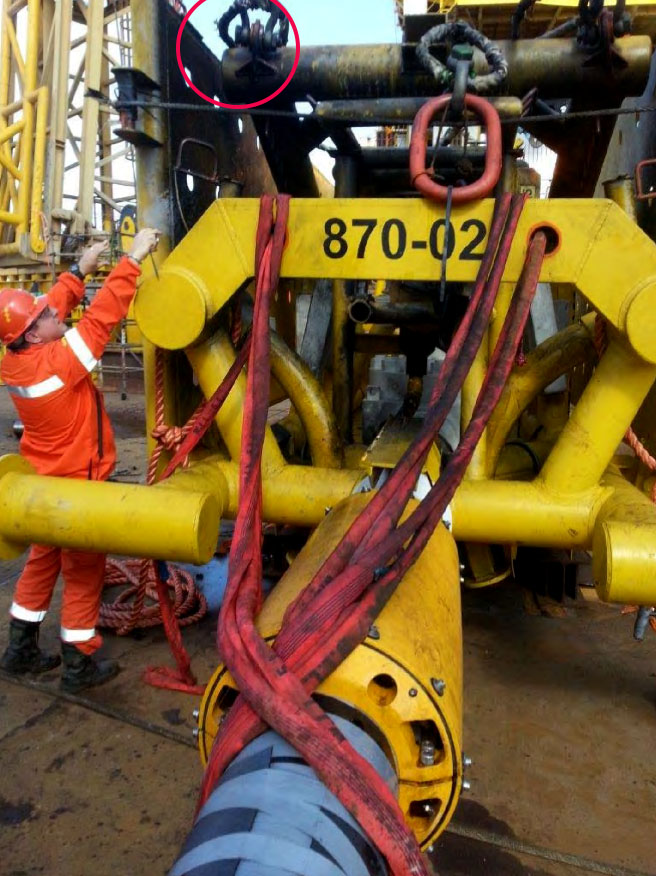Lithium battery pack explosion
A member reported an incident which there was an explosion of a lithium battery pack that was supplying power to a corrosion erosion monitor, a non-intrusive method of monitoring wall thickness of pipelines. The incident occurred during installation of a 10″ in-field flow line.
As this was the first such device to be installed by the client, there were a number of individuals taking pictures. As a result, there are pictures showing the battery explosion as it happened.
Four persons required medical treatment with one person requiring a number of stiches to the forehead as a result of flying debris. There was significant damage to the surrounding steel work of the Pipe Line End Termination (PLET), and subsequent installation delays while the remaining battery units were made safe and replaced with NiCd type systems.
A formal investigation was on-going, but initial observations were as follows:
- The lithium battery pack exploded. There were no other energy sources in the area;
- The battery pack was thought to contain around 60 cells. A number of the cells were located in the debris field and were undamaged. The explosion was thought to be as a result of only one or two battery cells failing;
- Early indications are that the battery pack overheated triggering a chemical reaction resulting in an explosion. The cause for the overheating is not yet understood although all preservation requirements are thought to have been adhered to i.e. external temperature constraints;
- The manufacturer of the corrosion erosion monitor was informed, and the manufacturer took steps to find out what had happened, and to ensure that the incident could not recur.




There have been a number of incidents involving explosions and fires of Lithium battery packs where the root cause was discerned to be the way in which batteries were managed. The incidents below also involved Lithium-based batteries, which are potentially more hazardous than other commonly used types.
Members may wish to refer to the following similar incidents (key words: lithium, battery, and explosion):
Safety Event
Published: 31 October 2014
Download: IMCA SF 17/14
IMCA Safety Flashes
Submit a Report
IMCA Safety Flashes summarise key safety matters and incidents, allowing lessons to be more easily learnt for the benefit of all. The effectiveness of the IMCA Safety Flash system depends on Members sharing information and so avoiding repeat incidents. Please consider adding safetyreports@imca-int.com to your internal distribution list for safety alerts or manually submitting information on incidents you consider may be relevant. All information is anonymised or sanitised, as appropriate.
IMCA’s store terms and conditions (https://www.imca-int.com/legal-notices/terms/) apply to all downloads from IMCA’s website, including this document.
IMCA makes every effort to ensure the accuracy and reliability of the data contained in the documents it publishes, but IMCA shall not be liable for any guidance and/or recommendation and/or statement herein contained. The information contained in this document does not fulfil or replace any individual’s or Member's legal, regulatory or other duties or obligations in respect of their operations. Individuals and Members remain solely responsible for the safe, lawful and proper conduct of their operations.
